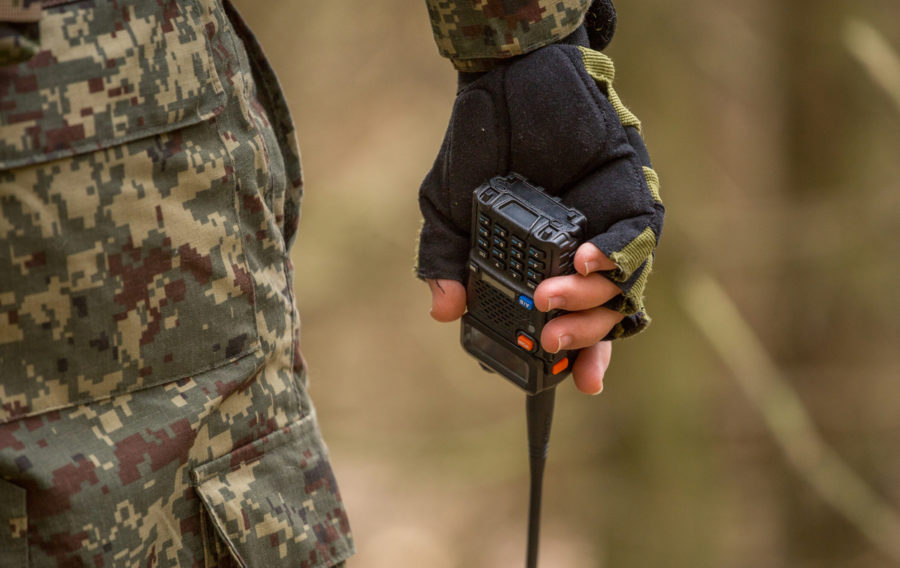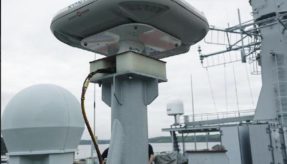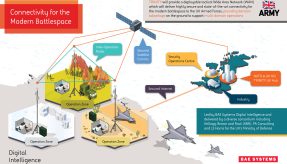
Communications in military operations has always played a crucial role in the functionality and success of the Armed Forces. As military technology evolves to keep pace with modern day threats, so do the demands placed on tactical communications.
Defence Online Editor Matt Brown caught up with Scott Patterson, Defence Director at Petards, to discuss the challenges of keeping the latest military technology and personnel connected securely.
As the defence and security industry faces evolving challenges, how has this affected the demands placed on modern–day communications systems?
Interestingly, we see the users being pulled in two different directions by shrinking budgets and more complex requirements for communications. On the one hand they just want very simple and very reliable systems, which work every time. On the other hand, they have seen the speed of improvements in their own mobile phones and wonder why they can’t have the same functionality. We think that alignment between these two forces will come in time. This will be when new analytics mask the complexity behind video and data services and it all becomes hidden under a simple and reliable front-end. Just like our powerful smartphones with big friendly buttons.
We hear a lot about the importance of cyber security, how big a consideration is it in modern military communications?
Cyber security is huge in modern military communications. We don’t just worry about the software. We worry about where all the hardware has come from and we worry about where we can let it go. Even repairs have to be handled carefully to avoid opening a chink in our cyber armour.
In what ways do communication systems for the MOD differ from commercial systems?
It all depends on the users. In some ways, providing communication systems for Glastonbury or the Tour de France isn’t that different from an Army regiment on exercise. They all have large, flexible workforces and they would all consider secure and rugged communications to be essential. However, it would be unusual for a commercial system to justify its own worldwide communications network or to have to work deep under the ocean.
Presumably, providing communications for maritime, land and air presents different challenges for each?
Each of the different domains has its own challenges and cultures. For maritime, the distances can be large but the platforms are capable and it’s about sustaining communications for months at a time. On land, the geography plays a part whether it’s a mountain in the way or the need for the kit to be carried (with its batteries) by a soldier. In the air, it’s space, weight and power plus the appreciation of air safety and the lack of room for error.
Petards delivers military communication systems across the world. Are the demands placed on C4ISR services the same globally?
We find that the fundamentals of wanting to communicate clearly and wanting to know what’s happening around you are the same across the world. However, the details are most definitely not the same. Each global customer has unique requirements and ways of working, whether flowing down from their own doctrine or their preferred procurement route. Some customers are very hands-on whilst others will set a broad requirement and leave it up to us how we meet it. Even ‘off the shelf’ kit will be used very differently, so we work carefully with our customers to create cost-effective bespoke support services to keep their equipment working.
Given the innovation in communication technology in the commercial sector, does this technology makes its way into the defence market?
It does and it’s all about timing. In the commercial sector something new arrives every 12-18 months. In defence, the development stage of a project can last 20 years before the equipment makes it into service. Decide too early and your solution is obsolete before it has been used. Decide too late and you might put the whole project at risk if it doesn’t work as to plan or you haven’t anticipated the right interfaces. We’re getting better at it now.
Likewise, is it the case that technology created for the defence market find its way to the commercial market?
Yes, it does still happen but not as often as it used to. Military research and development budgets are big but nothing compared to the big tech companies. There are still a few niche areas where defence is ahead such as in encryption technology. It would be great for both sectors if there was a big leap forward in battery technology.
What does the future hold for tactical communication technology?
As I’ve said, the future is about video, analytics and data services. Voice will always be a core service but to keep operational advantage in the information age the winners will be those who can see the real picture on the ground and those who can make sense of volumes of data to make the right decision.
Are you working on any interesting projects for the MOD at the moment?
We’re very lucky to have a wide range of interesting projects for the MOD. Some, like ALE-47 (an airborne countermeasures dispenser system), have been with us for decades and we have helped them continually evolve and improve. Others, like our recently won radios contract, are very much about giving a great level of service to the thousands of users on the ground every day.
If you would like to join our community and read more articles like this then please click here.







